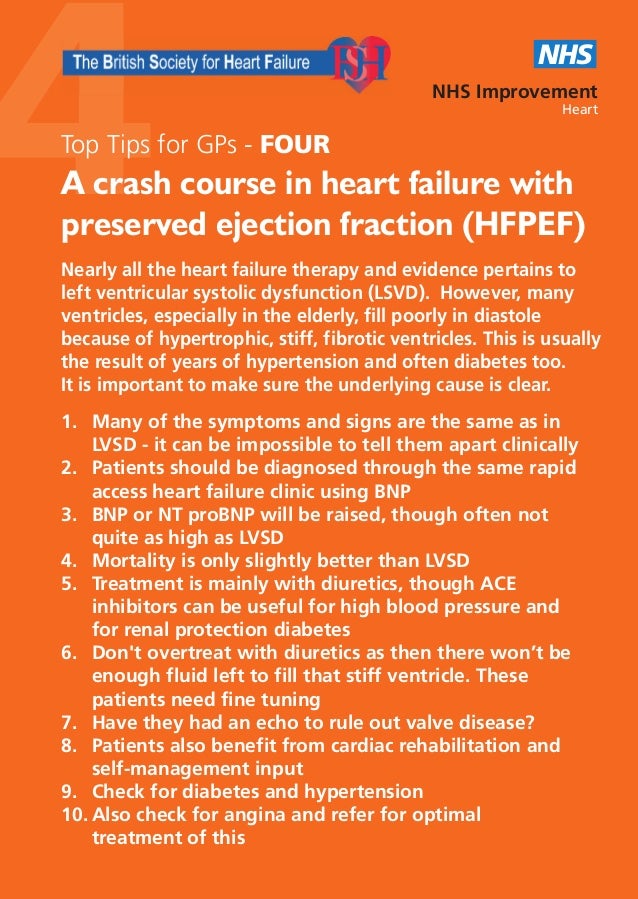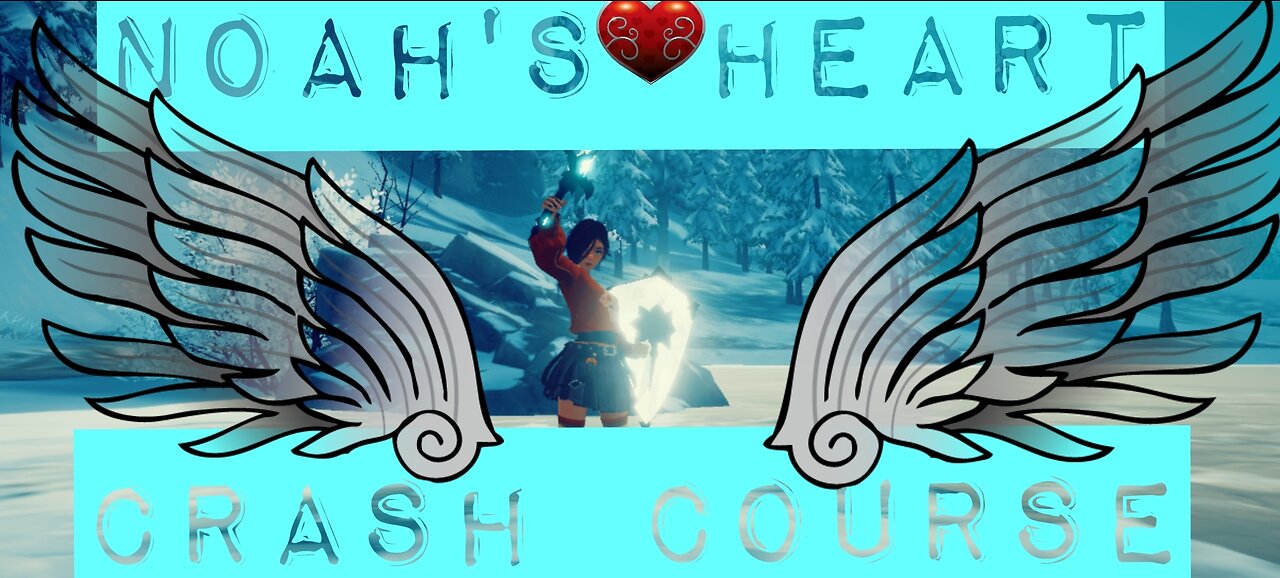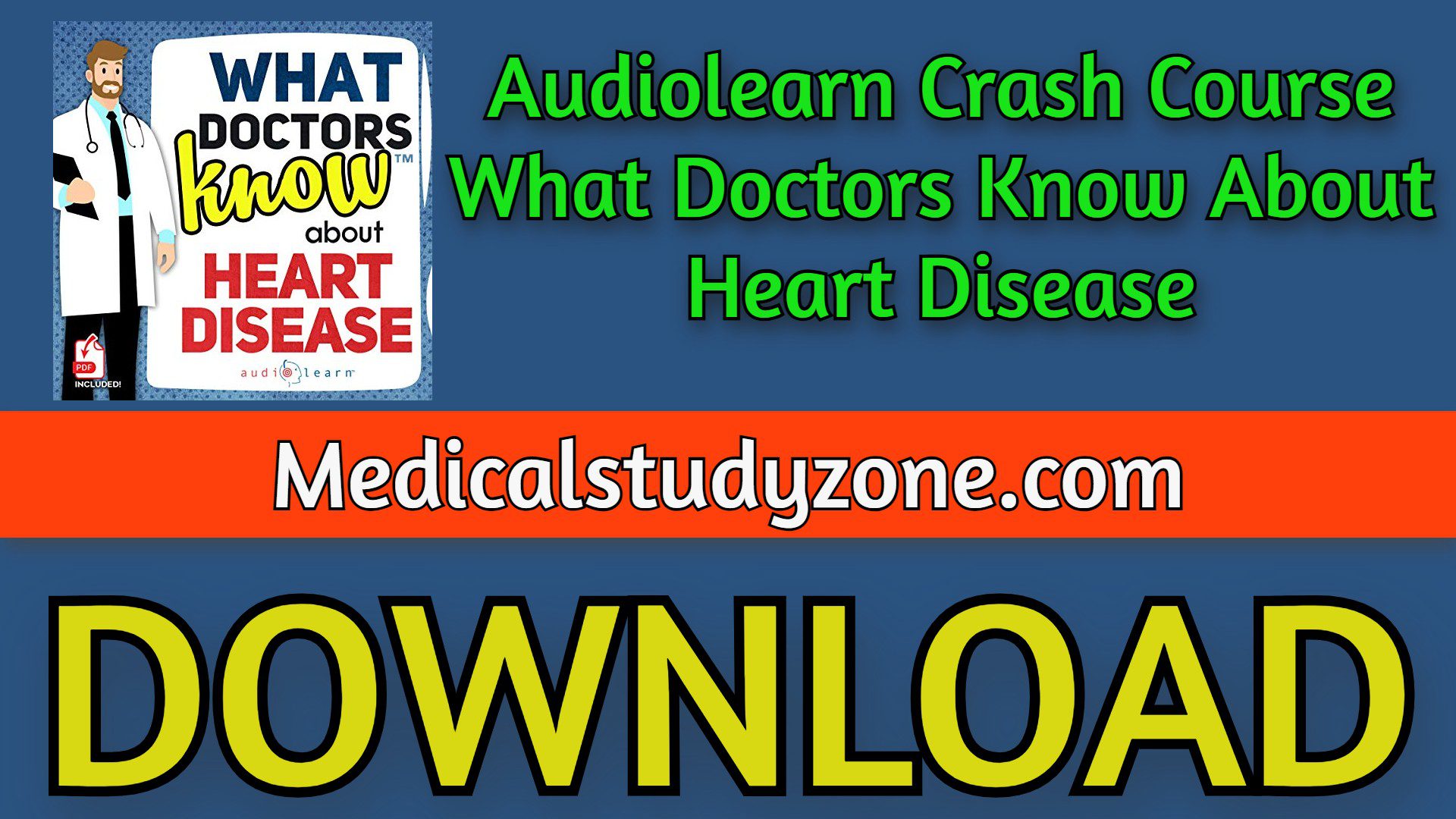Heart Crash Course
Heart Crash Course - Crash course anatomy & physiology #25. Deoxygenated blood enters right atrium through superior and inferior vena cava2. Hank explains how your heart’s pacemaker cells use leaky membranes to generate their own action potentials, and how the resulting electricity travels through the cardiac conduction pathway from sa node to purkinje fibers, allowing your heart. The heart, nestled between the lungs and protected by the rib cage, serves as a powerful pump ensuring blood flow throughout the body. Anatomical terms for the head and neck 8m. Web hank explains how your heart’s pacemaker cells use leaky membranes to generate their own action potentials, and how the resulting electricity travels through the cardiac conduction pat.more. Crash course anatomy & physiology #22 Anatomical terms for the front of the trunk 8m. Your heart gets a lot of attention from poets, songwriters, and storytellers, but today hank's gonna tell you how it really works. You'll also learn what your blood pressure measurements mean when we talk about systolic and diastolic blood pressure. Introduction to anatomical terms for body regions 3m. Web today we’re talking the heart and heart throbs — both literal and those of the televised variety. Web 6.3m views 8 years ago anatomy & physiology. Crash course anatomy & physiology #22 Deoxygenated blood enters right atrium through superior and inferior vena cava2. Anatomical terms for the head and neck 8m. Crash course anatomy & physiology #25. Introduction to anatomical terms for body regions 3m. Anatomical terms for the front of the trunk 8m. Additionally, the heart manages pulmonary flow, sending blood to the lungs for oxygenation before distributing it to. Web the heart's ventricles, atria, and valves create a pump that maintains both high and low pressure to circulate blood from the heart to the body through your arteries, and bring it back to the heart through your veins. Your heart gets a lot of attention from poets, songwriters, and storytellers, but today hank's gonna tell you how it really. Crash course anatomy & physiology #25. Deoxygenated blood enters right atrium through superior and inferior vena cava2. Web the heart's ventricles, atria, and valves create a pump that maintains both high and low pressure to circulate blood from the heart to the body through your arteries, and bring it back to the heart through your veins. Crash course anatomy &. The heart, nestled between the lungs and protected by the rib cage, serves as a powerful pump ensuring blood flow throughout the body. Additionally, the heart manages pulmonary flow, sending blood to the lungs for oxygenation before distributing it to. Hank explains how your heart’s pacemaker cells use leaky membranes to generate their own action potentials, and how the resulting. Crash course anatomy & physiology #25. Blood enters right ventricle through tricuspid valve3. Web 6.3m views 8 years ago anatomy & physiology. Additionally, the heart manages pulmonary flow, sending blood to the lungs for oxygenation before distributing it to. The heart, nestled between the lungs and protected by the rib cage, serves as a powerful pump ensuring blood flow throughout. Depth within the body 4m. Deoxygenated blood enters right atrium through superior and inferior vena cava2. This systemic flow delivers oxygen and nutrients to cells and removes waste. The heart, nestled between the lungs and protected by the rib cage, serves as a powerful pump ensuring blood flow throughout the body. Web 6.3m views 8 years ago anatomy & physiology. Crash course anatomy & physiology #22 Anatomical terms for the head and neck 8m. The heart, nestled between the lungs and protected by the rib cage, serves as a powerful pump ensuring blood flow throughout the body. Blood enters right ventricle through tricuspid valve3. Deoxygenated blood enters right atrium through superior and inferior vena cava2. Web the heart's ventricles, atria, and valves create a pump that maintains both high and low pressure to circulate blood from the heart to the body through your arteries, and bring it back to the heart through your veins. Hank explains how your heart’s pacemaker cells use leaky membranes to generate their own action potentials, and how the resulting electricity. Blood enters right ventricle through tricuspid valve3. Web today we’re talking the heart and heart throbs — both literal and those of the televised variety. Web hank explains how your heart’s pacemaker cells use leaky membranes to generate their own action potentials, and how the resulting electricity travels through the cardiac conduction pat.more. Hank explains how your heart’s pacemaker cells. Crash course anatomy & physiology #25. Depth within the body 4m. This systemic flow delivers oxygen and nutrients to cells and removes waste. You'll also learn what your blood pressure measurements mean when we talk about systolic and diastolic blood pressure. Anatomical terms for the head and neck 8m. Web hank explains how your heart’s pacemaker cells use leaky membranes to generate their own action potentials, and how the resulting electricity travels through the cardiac conduction pat.more. Web the heart's ventricles, atria, and valves create a pump that maintains both high and low pressure to circulate blood from the heart to the body through your arteries, and bring it back to the heart through your veins. Anatomical terms for the front of the trunk 8m. Additionally, the heart manages pulmonary flow, sending blood to the lungs for oxygenation before distributing it to. Deoxygenated blood enters right atrium through superior and inferior vena cava2. The heart, nestled between the lungs and protected by the rib cage, serves as a powerful pump ensuring blood flow throughout the body. Crash course anatomy & physiology #22 The heart’s ventricles, atria, and valves create a pump that maintains both high and low pressure to circulate blood from the heart to. Introduction to anatomical terms for body regions 3m. Blood enters right ventricle through tricuspid valve3. Hank explains how your heart’s pacemaker cells use leaky membranes to generate their own action potentials, and how the resulting electricity travels through the cardiac conduction pathway from sa node to purkinje fibers, allowing your heart.
Heart failure top tips for GPs 4 a crash course in heart failure

Noah's Heart Crash Course

Thought Café A couple GIFs from Crash Course Anatomy

Audiolearn Crash Course What Doctors Know About Heart Disease 2023 Free

Cardiac Surgery Crash Course Congenital Heart Defects LearnMedicine

The Heart, part 1 Under Pressure Crash Course A&P 25 Crash course

The heart crash course YouTube

Human Physiology Anatomy of Heart Crash Course NEET 2021 Monika

Crash course hearts YouTube

Heart Crash Course YouTube
Your Heart Gets A Lot Of Attention From Poets, Songwriters, And Storytellers, But Today Hank’s Gonna Tell You How It Really Works.
Web Today We’re Talking The Heart And Heart Throbs — Both Literal And Those Of The Televised Variety.
Your Heart Gets A Lot Of Attention From Poets, Songwriters, And Storytellers, But Today Hank's Gonna Tell You How It Really Works.
Web 6.3M Views 8 Years Ago Anatomy & Physiology.
Related Post: